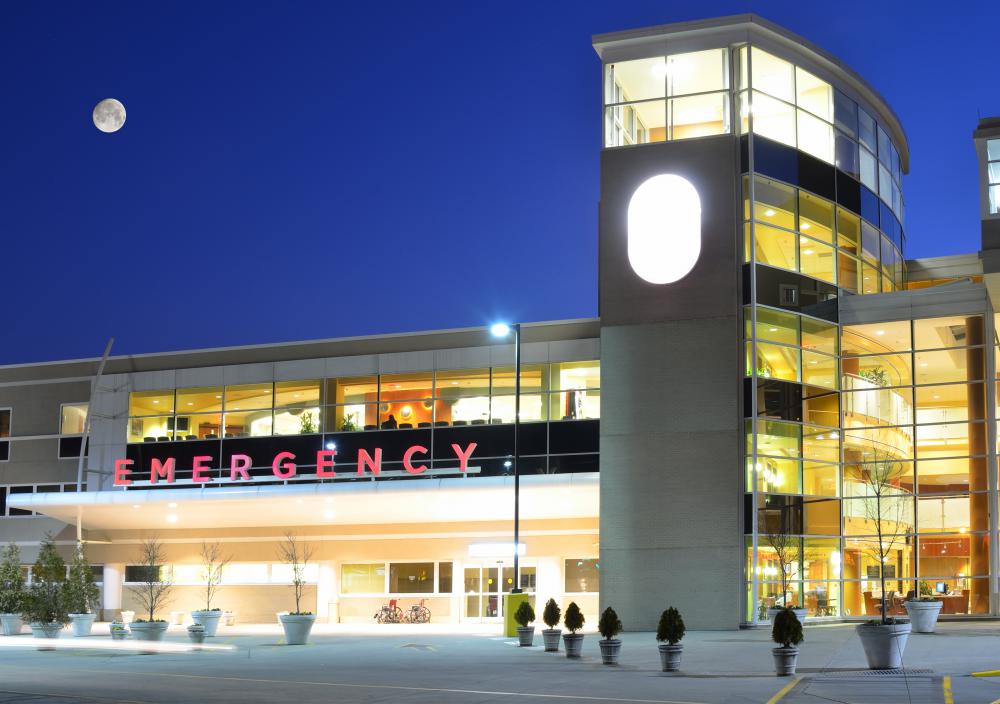At WiseGEEK, we're committed to delivering accurate, trustworthy information. Our expert-authored content is rigorously fact-checked and sourced from credible authorities. Discover how we uphold the highest standards in providing you with reliable knowledge.
How do I Become a Flight Paramedic?
The steps to become a flight paramedic vary depending on the position desired, but most require both a degree and a series of certification programs. Some required certificates may be different based on the location of employment. A key principle to become a flight paramedic is experience and after the education process, most students spend four to five years training in other aspects of the field. This extensive training phase enables the student to practice his or her medical skills under pressure before working while airborne. A flight paramedic is trained to administer emergency medical care and assess a patient's medical condition during transportation aboard an aircraft.
People who desire to become a flight paramedic should usually research local schools and courses offered in emergency medical training (EMT) in order to determine which location has a fully developed program. There are a variety of programs that are generally available, including college courses that result in a degree or vocational programs that focus on certification. Most coursework includes science, anatomy, pre-medical studies, math, and physiology. These courses will prepare the student for the intense training associated with most of the certificates. Some students earn an associate's or bachelor's degree in some form of paramedic studies before he or she begins a training program.

The general certifications usually required to become a flight paramedic are cardiopulmonary resuscitation (CPR), basic trauma life support (BTLS), basic life support (BLS), basic pediatric life support (BPLS), and any additional certifications achieved during college or vocational coursework. Training can be obtained at a local hospital either as an emergency room (ER) attendant or in ambulance services. There are additional courses that accompany the aforementioned positions, and are usually organized by the school attended. These programs assist in acquiring further certification often required, including advanced cardiac life support (ACLS) and neo-natal life support (NALS).

Advancement in EMT services will help a person become a flight paramedic because most companies want reassurance that the potential employee is fully competent in emergency situations before assigning them to duty aboard a helicopter or plane. Five to seven years of critical care experience is often required before attending a flight program to become a flight paramedic. These are considered high intensity programs because the job is physically demanding, so the student should also focus on personal fitness. Due to patient interaction, the student should also practice good hygiene to avoid transmitting or contracting infections.
AS FEATURED ON:
AS FEATURED ON:













Discuss this Article
Post your comments